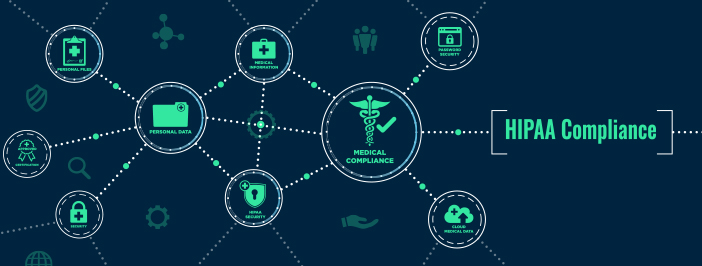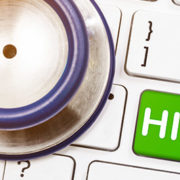HIPAA security rule: Your guide to technical safeguards
Healthcare data breaches are becoming increasingly common. There were more than 477 incidents in 2017 — up from 450 in 2016. If you run a medical organization, incorporating a comprehensive data security policy into your business is imperative. Otherwise, you could expose confidential patient data to cybercriminals and receive expensive fines from the government.
HIPAA technical safeguards are a series of security standards that protect patient data. But what are they? And how can they protect your patients? Read on to find out.
1. Improve your access control requirements
HIPAA technical safeguards state that you should incorporate access control requirements into your data security policy. This way, you can find out who is accessing your health data and from where — and understand the ramifications if the wrong person obtains sensitive patient information.
The HIPAA access control technical safeguard standard has four implementation specifications:
- Unique user identification: Users who have access to patient data should have a unique name or tracking number.
- Emergency access procedure: You need to implement rules for users who access patient data in an emergency.
- Automatic logoff: You should activate an automatic logoff on your computer systems after a period of inactivity.
- Encryption and decryption: You should encrypt and decrypt confidential patient data where necessary.
“For compliance with this technical safeguard standard, a covered entity is required to implement technical policies and procedures for electronic information systems that maintain electronic protected health information, allowing access only to those persons or software programs that have been granted access rights,” says HIPAA.
2. Improve the integrity of patient information
This HIPAA technical safeguard preserves the integrity of patient information. In short, you will need to protect data from “improper alteration or destruction.”
“A covered entity must ensure that its electronic protected health information, as well as other critical electronic business information, has not been altered or destroyed without its knowledge and approval,” says HIPAA.
You can do this by implementing access controls and storing data in a secure virtual space. Alternatively, a managed service provider can customize a security solution that improves threat management and network monitoring in your healthcare organization. Click here to find out more.
Related Content: HIPAA compliance in the cloud? 3 things you need to know.
3. Enhance secure data transmission
The HIPAA transmission security technical safeguard standard protects patient information over electronic communication networks.
“In simplest terms, a covered entity must safeguard its electronic networks to ensure the availability and integrity of its electronic protected health information,” notes HIPAA.
Just like the access control technical safeguard, you need to prevent unauthorized access to the health data stored on your computer systems. You can do this with an effective password management system.
Related Content: 3 healthcare technologies that will revolutionize the patient experience
4. Verify the people who use your computer systems
This HIPAA technical safeguard specifies that you verify a person or entity who has access to health information on your computer systems. Using the latest software can help you achieve this. Some programs have multiple levels of security to check a user’s credentials before they access sensitive data.
“This standard requires more than just password management and includes maintaining audit trails so that the covered entity can authenticate who or what entity is creating, reading, altering, destroying, or transmitting electronic protected health information,” says HIPAA.
Are you HIPAA compliant? If you’re not, you could face expensive fines and lose the trust of your patients. Follow the four tips on this list and adhere to HIPAA’s series of technical safeguards.
Want to keep reading? Check out the following articles:
HIPAA Security Rule: Your Guide to Administrative Safeguards







